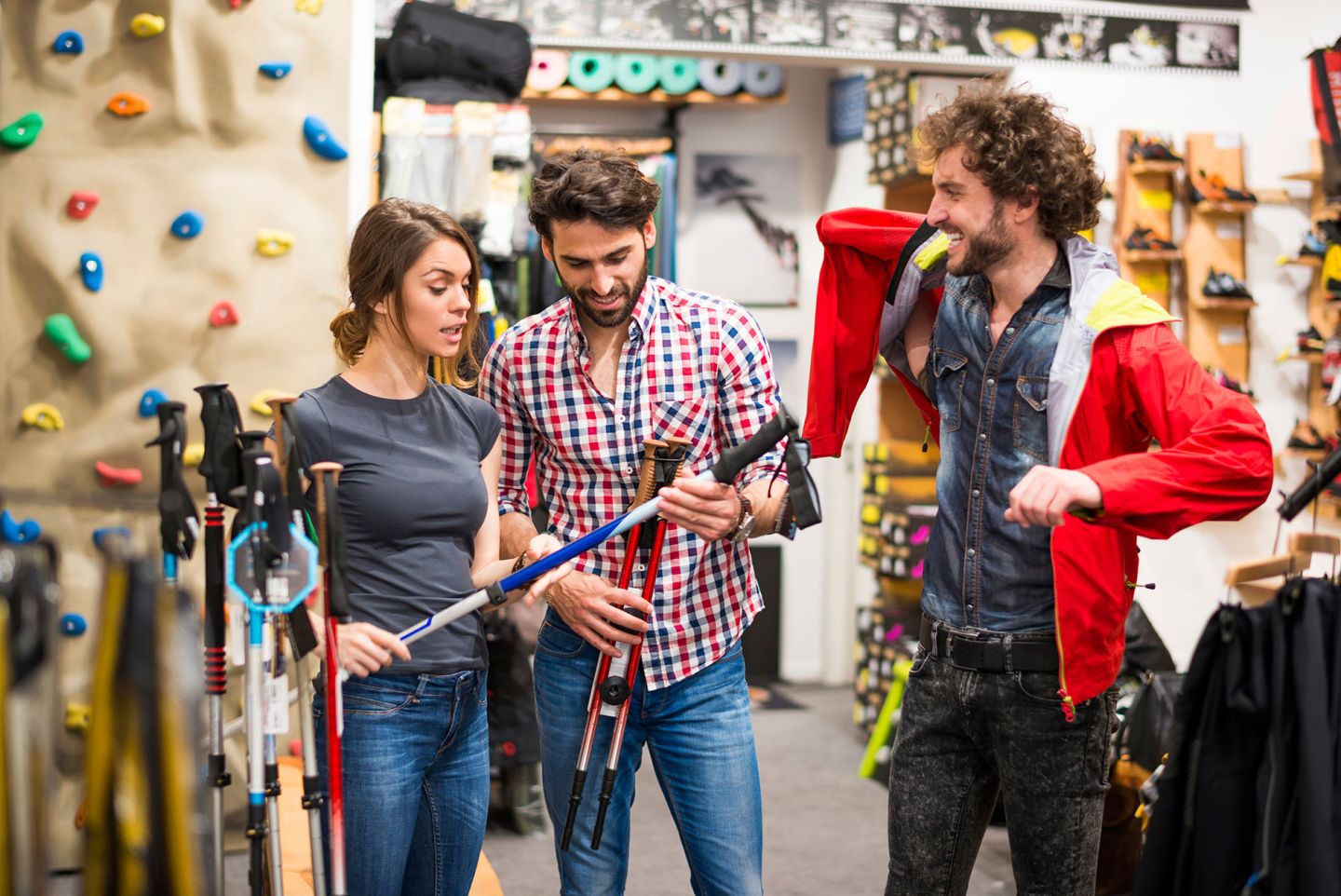Despite a strong holiday season, many retailers are shuttering locations to compensate for overall decline in store sales. While both traditional and online retailers saw sales growth during the season, online sales growth outpaced physical store sales growth 2 to 1. As online shopping becomes more efficient and evermore convenient, shoppers will find less reason to visit a brick and mortar establishment unless retailers find a way to get them in the door.
For retail real estate to succeed, businesses will need to find ways to create unique and engaging space for customers to do more than just shop.
Experiential Retail in Action
Here are a few examples of retailers tapping into experiential business models to drive sales growth and increase foot traffic.
- Boutique retailer Story in Manhattan has taken experiential retail to an extreme. The retailer reinvents itself floor to ceiling every four to eight weeks bringing a new theme to shoppers. Story points to a magazine-like strategy of focusing on a trend or theme during each rollout. It’s a living gallery, inviting shoppers to view the refresh and take home a piece of what they see.
- Other retailers like Toms, West Elm, and Urban Outfitters seek to create “community center” environments. These retailers are designing stores as a central gathering place, using features such as in-store dining, salons, classes, or services to keep customers in their stores and promote frequent visits and brand loyalty.
- Apple was an early adopter in creating customer experiences. Each store front promotes the “try before you buy” model giving customers a reason to visit locations to engage with products before making a decision. Apple evolves its storefront along with its products, taking note of buyer preference in new designs. Samsung is following suit with its flagship store in New York City that carries no products and focuses entirely on experience.
- Even supermarkets and grocery stores are getting in the game. Whole Foods Markets are experimenting with a variety of in-store experiences to make the stores more of a destination than a trip to the grocer. Stores across the country are beginning to see things like putting greens, spas and in-store bars.
- Every retail sector seems to be jumping on this trend. Home improvement retailers offer “do-it-yourself” classes while many sporting goods stores leverage in-store climbing walls, basketball courts and more. Outdoor retailers like REI regularly offer classes and seminars on how, where and why to use equipment. All these classes are designed to maximize the store’s real estate value and invite customers to shop and linger.
How to Succeed with Experiential Retail
The opportunities to engage customers, no matter what product or services you offer, are endless. The key to unlocking how best to reach customers through retail experiences is with customer analytics. Analytics will provide the insights for you to better understand who your best customers are and their lifestyle characteristics – allowing you to identify what experiences may resonate best with their interests. Knowing your customer will help you keep them emotionally engaged throughout the shopping experience and bring them back for more.


